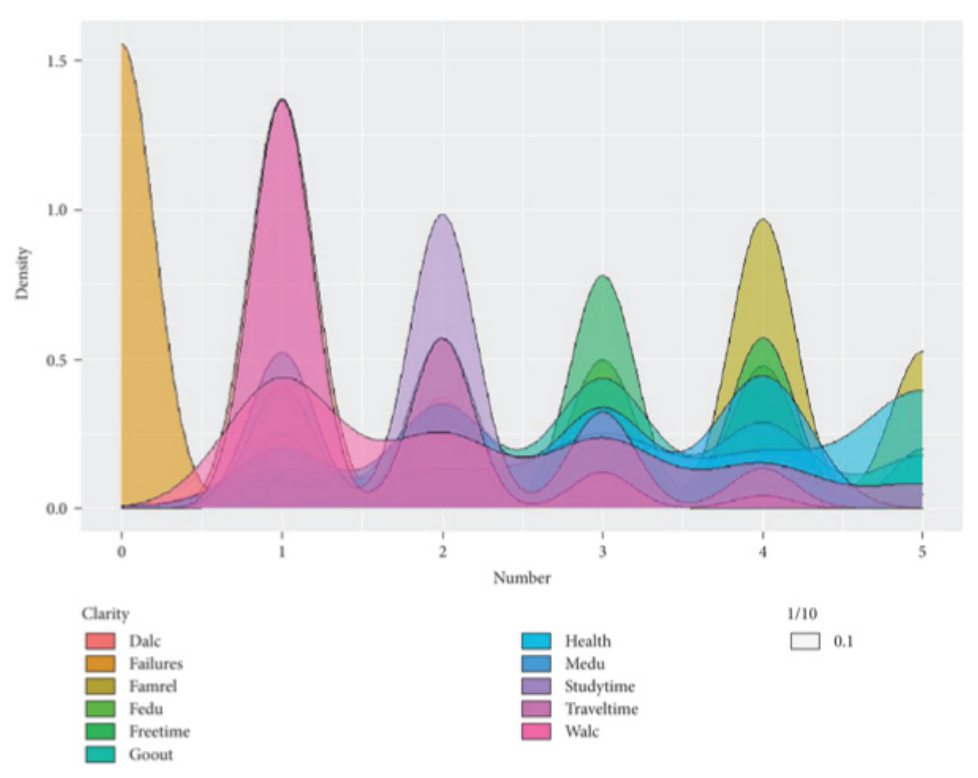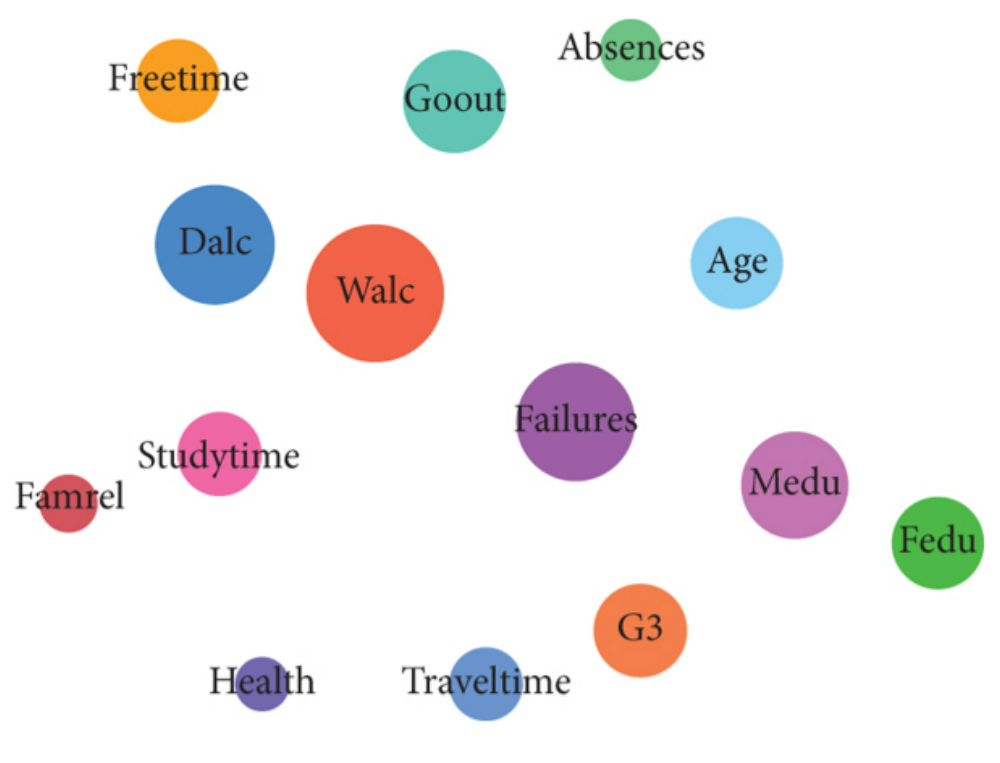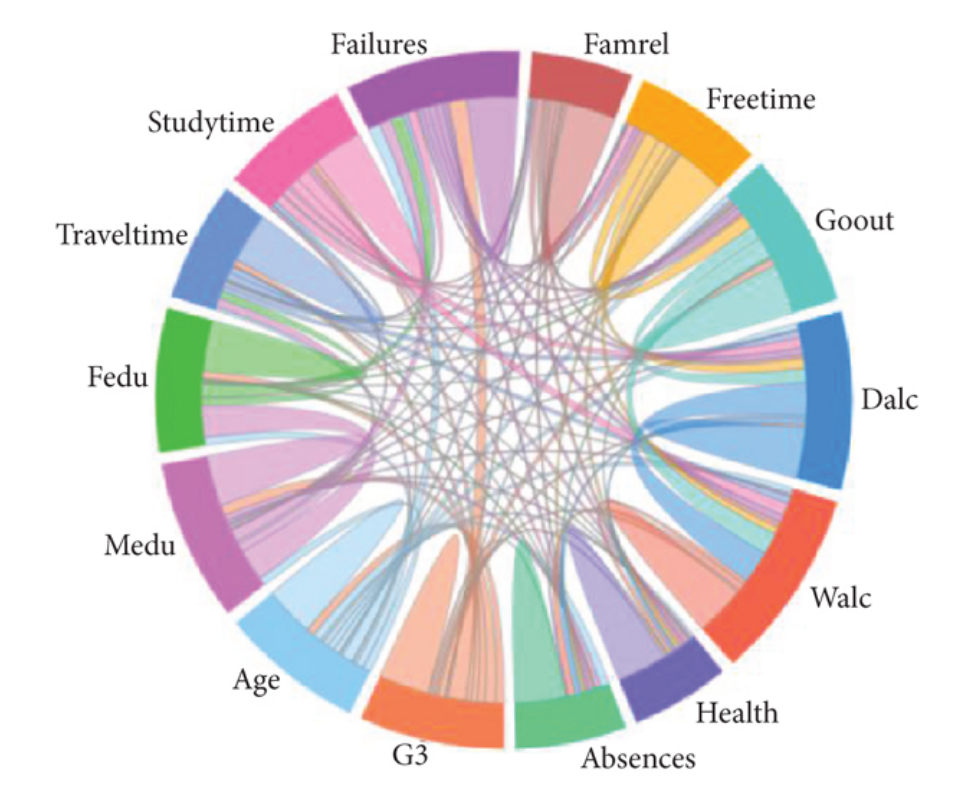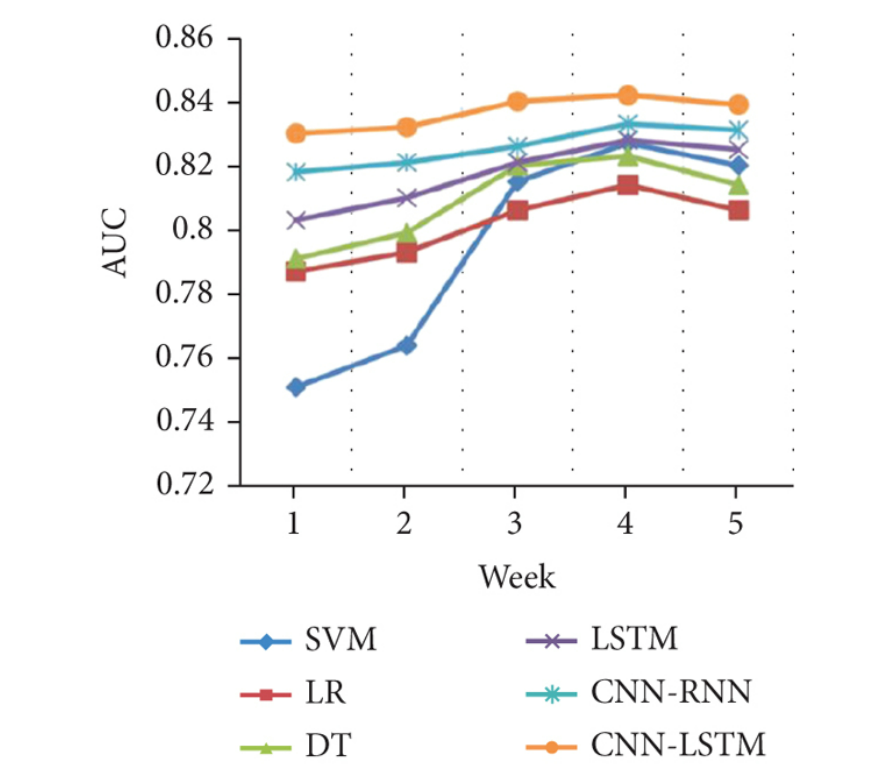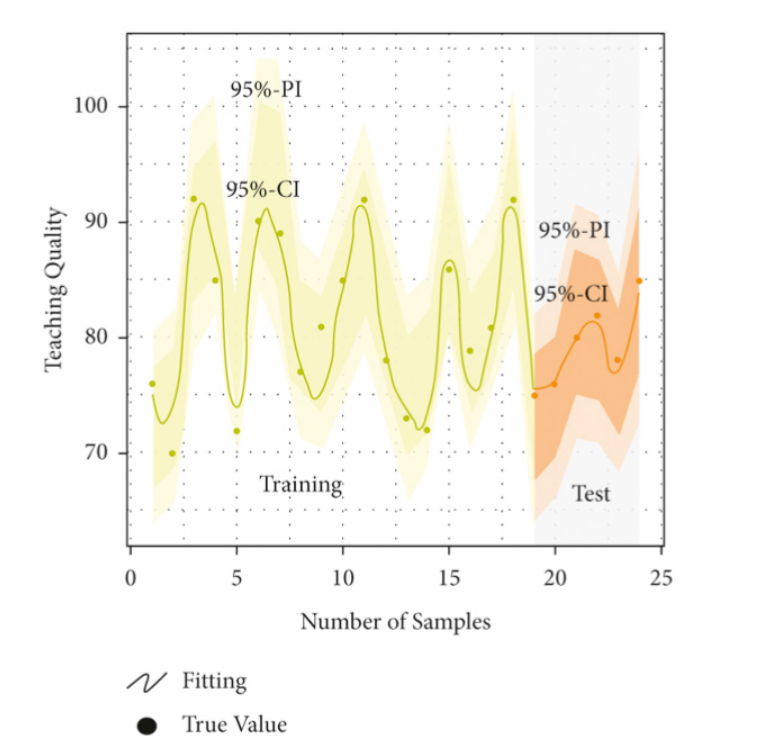 An open access journal
An open access journal
Maker Education: Hands-on Learning Through Creation and Design
Abstract
Maker education is an innovative approach to learning that emphasizes hands-on creation and design, allowing students to actively engage in the process of making and building. This paper explores the significance of maker education in modern education, emphasizing its role in fostering creativity, problem-solving skills, and a deep understanding of concepts. It delves into the principles and strategies of maker education, including project-based learning, the use of technology, and collaboration, which enable students to become active creators rather than passive consumers of knowledge. The discussion includes the benefits of maker education, such as increased motivation, self-efficacy, and real-world application of skills. Moreover, the paper addresses the challenges and considerations for educators in implementing maker education, including the need for resources, space, and support for diverse learners. Through a review of empirical studies and case examples, the study underscores the positive outcomes associated with maker education, including enhanced creativity, problem-solving abilities, and a passion for innovation. The conclusion offers recommendations for educators and institutions interested in integrating maker education into their curriculum, emphasizing the importance of creating a maker-friendly environment that encourages exploration, experimentation, and creativity.
Share and Cite
Article Metrics
References
- Halverson, E. R., & Sheridan, K. M. (2014). The maker movement in education. Harvard Educational Review, 84(4), 495-504.
- Honey, M., & Kanter, D. E. (2013). Design, make, play: Growing the next generation of STEM innovators. Routledge.
- Kafai, Y. B., & Burke, Q. (2014). The Computer Clubhouse: Constructionism and creativity in youth communities. In Constructionism in Practice: Designing, Thinking, and Learning in A Digital World (pp. 45-74). Routledge.
- Martinez, S. L., & Stager, G. (2013). Invent to learn: Making, tinkering, and engineering in the classroom. Constructing Modern Knowledge Press.
- Martin-Hansen, L. (2016). Creative play: Making with the BBC micro: bit in Norway. International Journal of Play, 5(2), 124-136.
- Peppler, K., Halverson, E. R., & Kafai, Y. B. (2016). Makeology: Makerspaces as learning environments (Volume 1). Routledge.

